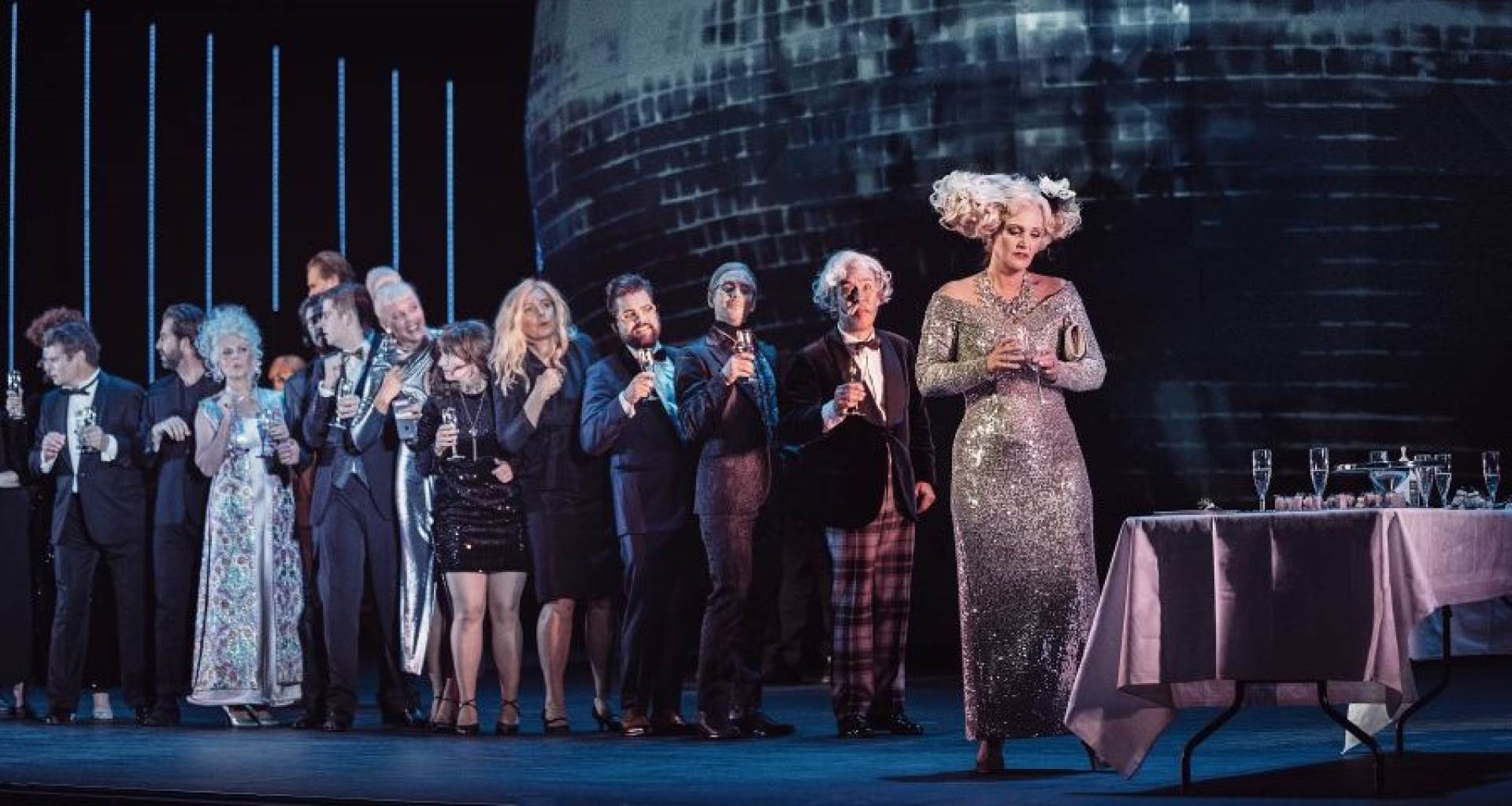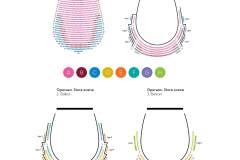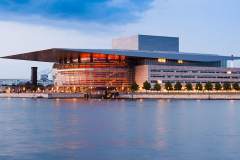The Merry Widow 2,0
Mo | Tu | We | Th | Fr | Sa | Su |
Tickle your funny bone and indulge your ears with Lehár's festive operetta.
The Merry Widow 2.0 is performed in Danish with Danish supertitles for the songs and English supertitles for the dialogue and songs.
In collaboration with the Bergen National Opera.
The Royal Danish Theatre extends its gratitude to the A.P. Møller and Chastine Mc-Kinney Møller Foundation, whose donation has enabled the production of The Merry Widow 2.0.
Recommended for ages 8 and up.
Expected duration: 2 hours and 30 minutes incl. 1 interval
A short cut to The Merry Widow 2.0
The new, rewritten version of The Merry Widow by Danish writer Adam Price and director Kasper Holten, The Merry Widow 2.0, is set in a large theatre on the verge of bankruptcy, headed by a manager whose solutions to the countless problems are on the over-creative side.
The action may have shifted from the original embassy community of Lehár’s 1905 operetta, but the writers wished to preserve the elegant intrigue of the original and the seriousness and depth of the love story, even though it is set in the crazy, pretentious world of theatre. There’s the eternal theme of ‘Money Makes the World Go Round’ and the question: What happens to people surrounded by a sea of temptations, and compelled to share the details of their lives instantly, impulsively and with no censorship on today’s droves of digital platforms? What are the consequences of the self-deception and self-promotion that the options of the digital world entail?
Act 1
We are in Zeta’s financially hard-hit theatre, shortly before the premiere of The Merry Widow. The first performance and the after-show party will be attended by all the city’s cultural bigwigs, and the guest of honour is Hanna Glawari, a former dancer at the theatre. A recent widow, Hanna has inherited billions, and all the leading lights of the cultural world want to get their hands on it.
Act 2
Hanna Glawari has invited everyone to a party in Jutland in the north of Denmark. She wants to see just how low the desperate cultural hotshots will stoop in their attempts to nab her money.
Act 3
We are back at the theatre. This evening it has been hired out to a TV reality show – yet another of Zeta’s creative ideas aimed at patching up his theatre’s ailing finances. But it turns out that Hanna has bought the whole show and is going to give it a twist that no one had anticipated.
Program and cast
Conductor: Keren Kagarlitsky
Conductor: Nick Fletcher
Director: Kasper Holten
Revival Director: Line Kromann
Set Designer.: Steffen Aarfing
Costume Design: Ida Marie Ellekilde
Video Design: Luke Halls
Light Designer: Ulrik Gad
Choreographer: Signe Fabricius
Chorus Master: Karine Locatelli
Cast - Subject to change
Conductor: Keren Kagarlitsky
Conductor: Nick Fletcher
Zeta: Simon Duus
Zeta: Morten Staugaard
Valencienne: Dénise Beck
Valencienne: Sibylle Glosted
Danilo: Andreas Landin
Danilo: Anders Kampmann
Hanna Glawari: Gisela Stille
Hanna Glawari: Sine Bundgaard
Camille: Gert Henning-Jensen
Camill: Jens Christian Tvilum
Bogense: Bente Eskesen
Kronborg: Michael Kristensen
Kronborg: Christian Damsgaard
Ken Skade: Frederik Rolin
Ken Skade: William Pedersen
St. Brioche: Fredrik Bjellsäter
St. Brioche: Torleif Steinstø
Sylvester: Mathias Hedegaard
Sylvester: Lukas Noerbel
Nielsen: Lise Baastrup
Nielsen: Patricia Schumann
The Copenhagen Opera House
The house is administered by the Royal Danish Theatre and is one of the best-equipped in the world. It has a main stage with five other stages directly connected, where large setups can be moved easily in and out. The theatre can seat between 1492 and 1703, depending on the size of the orchestra. The 1492 seats are all individually angled in order to provide the best experience.
The orchestra pit is one of the largest in any opera house, with room for 110 musicians; the structure provides excellent sound quality for the orchestra. If the pit is filled, some musicians are located just below the front of the stage, which has become controversial among some members of the orchestra (according to tour guides in 2005), because this increases the sound levels, beyond those acceptable in Denmark. However, the overhang is very slight and the authorities have permitted this to happen.
During construction of the theatre, some acoustic tests were carried out with the fire curtain in place while technical work was carried out on stage, but great consideration was given to balance between pit and stage. If the orchestra is small or absent, the pit can be covered and additional seats can be added to the auditorium.
Opera House entrance
Just like the old Royal Danish Theatre in Copenhagen, The Queen has her own box on the left side of the auditorium, closest to the stage. The foyer has been designed for comfort, based on behavioural research on opera goers maximizing the wall area for standing against, while still providing views across the entire foyer and one of the best views on Copenhagen. Guided tours cover most of the building, including both the auditorium and backstage areas.

 EN
EN DE
DE IT
IT FR
FR ES
ES RU
RU JP
JP RO
RO
 Seating plan
Seating plan 
